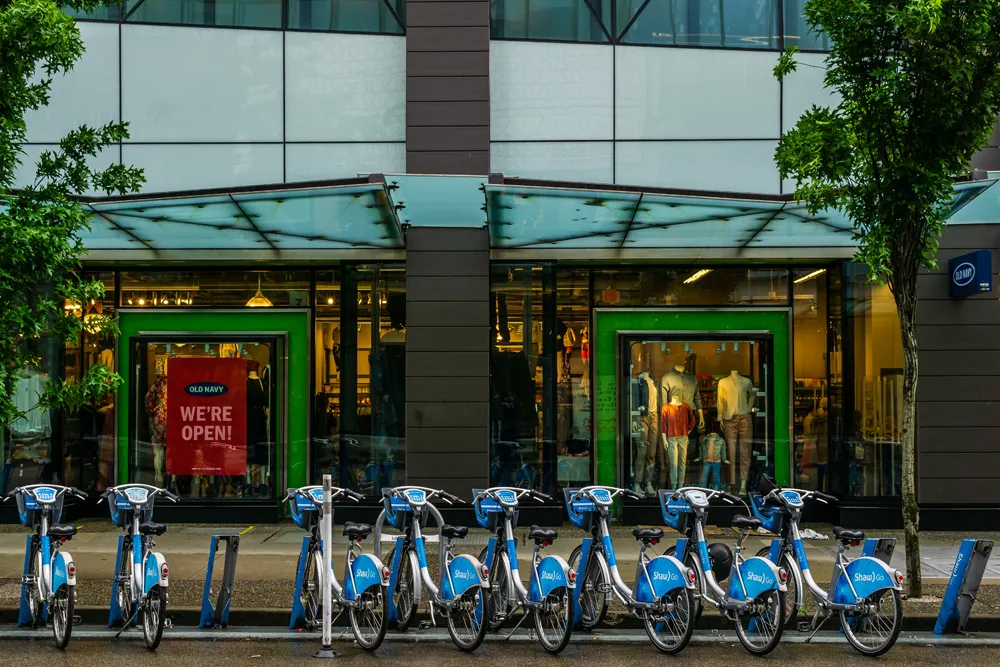
Spanish parking specialist
The system relies on new ‘double detection’ technology. This employs cameras that both read the licence plate of a vehicle in a parking space and also detect the volume of the vehicle.
This greatly reduces the error rate produced by single-sensor systems, says ParkHelp. “With normal systems, it can indicate that a slot is free when it is not,” said marketing assistant Laura Suárez. This gives a higher accuracy rate.
“For the past month we’ve been doing a pilot project using the new system at a huge shopping mall in Barcelona, which has 4000 parking spaces.” The pilot will continue for another two to three months.
“We’re also offering another type of service; it’s an application that’s integrated to the shopping centre’s app that shows you the parking spaces available on each floor of the car park. You can check that on the shopping centre’s website or on your smartphone.”
The modern emphasis on data means that the information from ParkHelp’s service can be used in many ways. For example, reading licence plates allows the shopping mall owner to know how often a customer visits, which is useful when the mall is conducting advertising campaigns.










